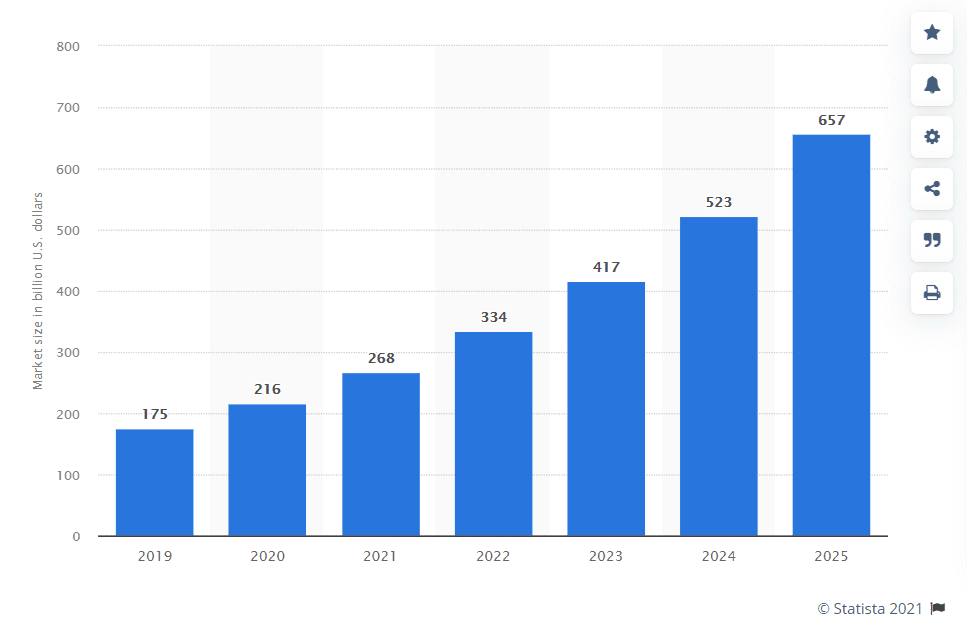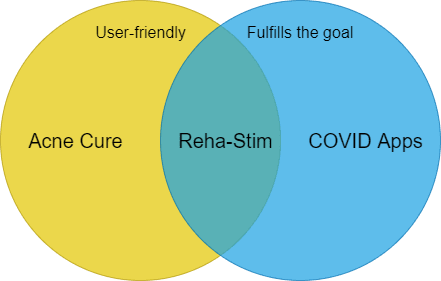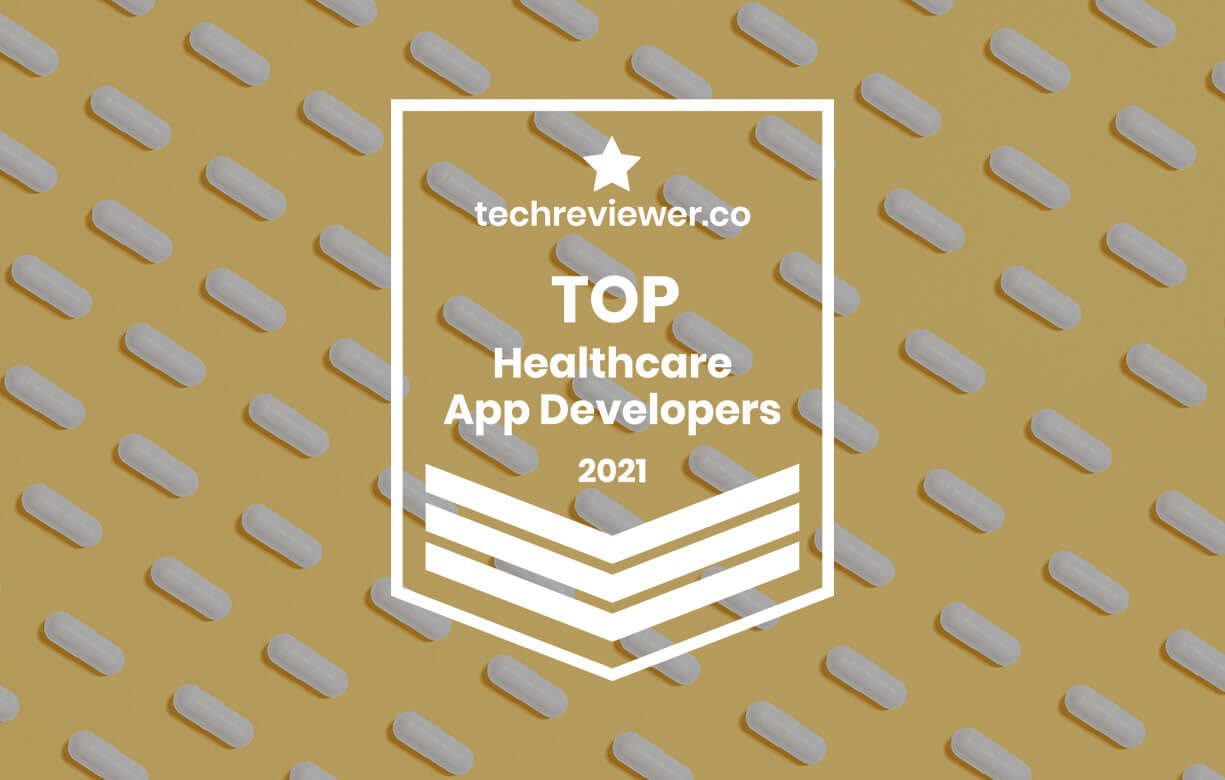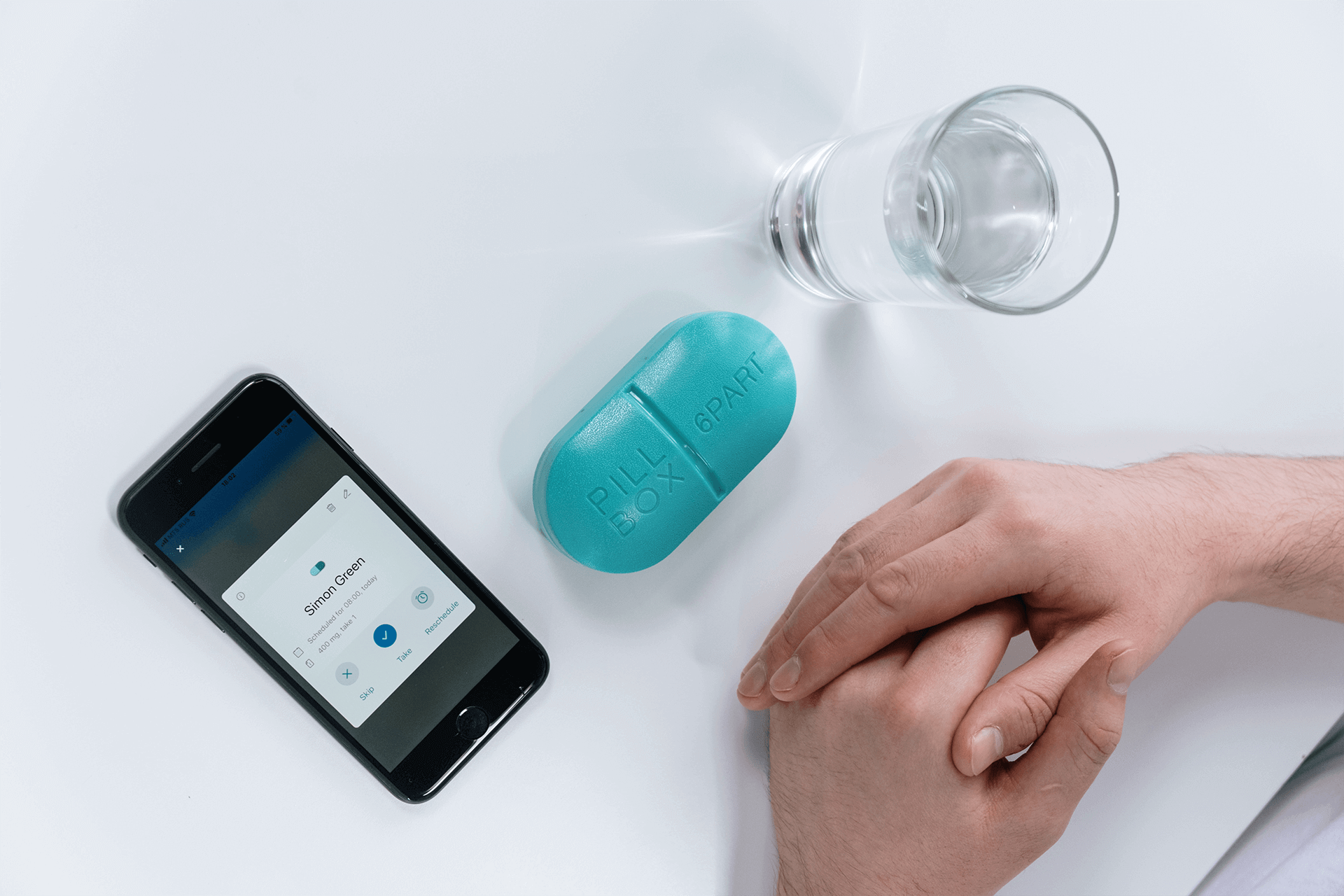Digital health has been on people’s radars for a while, but in the last few years, the interest started to grow as it became fashionable to be in good shape and track one’s health metrics.
The competition in this industry is tremendous. According to the IQVIA Institute for Human Data Science digital health trends report for 2021, there were over 90,000 apps released last year on the iOS app store and Google Play. One of the most prominent areas where mobile apps are helpful is mental health.
During the pandemic and social interaction limitations, mental health has taken a turn for the worse throughout the world because people are generally social creatures and we need the physical presence of people around us to feel good (even the introverts.) The developers and doctors responded to that need by offering numerous apps that help to monitor mental wellbeings, such as anxiety disorders, migraines, depression, panic, and others. Many of the apps are being prescribed by doctors because a lot of the work has to be done daily to achieve any result.
Such apps include M-sense Migräne (helps to deal with migraines and track the symptoms), Velibra (helps with anxiety and panic as well as agoraphobia), Silver Cloud / Space from Depression (helps to monitor depressive behavioral disorders), etc.
Another area where digital health is taking a leap is physical activity monitoring. Especially in the last couple of years, Apple Watch became one of the great ways to monitor heart function (detecting arrhythmia and pulse and providing basic ECG) and, in response to COVID-19 symptoms, it can measure the blood oxygen levels to alert the user if the saturation becomes too low.
Besides that, there are apps and software that help with physical rehabilitation by monitoring the movements. HUSPI has worked on a project like this and you can read about it in more detail further in the article.
In general, according to Statista, the projected global digital health market size will increase almost threefold within the next three years:

$21 billion
This is how much was invested in the e-health industry in 2020 (compared to $1 billion in 2010.)
42% of US
42% percent of Americans reported having used digital health tracking in 2019.
$660 billion
The digital health market forecast for 2025, given the expected CAGR of around 25%.
2 Vital Factors for an e-Health App
So, what are three things that can help to create a good healthcare mobile app that would benefit its users and bring revenue to its creators? Let’s talk about that.
Designed by doctors & backed up by research
While doctors usually don’t know anything about app development, they have spent at least five years studying medicine and how the human body works. In the US, for example, the undergraduate program takes 4 years, then you go to medical school for another 4 years, and then 3-7 years as a resident. As a result, a person spends between 10 to 14 years studying and working in the medical field to become a doctor.
Medical researchers also aren’t born with the innate ability to find correlations in the data by simply looking at a couple of indices. Good research involves time and a lot of data to ensure the correctness of the conclusions.
What does it mean for app development?
While software engineers can write multitudes of code lines, it’s critical for the app’s success to be backed up by good solid research and medical practice to bring real-life positive results. Therefore, the healthcare app needs to be created in conjunction with medical and research professionals because otherwise, your app would be useless or, in the worst-case scenario, dangerous to people’s health.
Built by software engineers
In the previous point, we talked about the fact that doctors should be the ones who create the medical foundation for the mobile app. However, despite numerous existing DIY tools for mobile app creation, it has to be professional software developers who take on the task of creating the system’s architecture and writing the code.
What does it mean for app development?
The system architecture is important for healthcare apps because usually there is a lot of interconnected data that has to be collected, processed, and stored properly. It is also important to have a good UX (user experience) design to ensure that the people who install this app will know how to use it and what results they should expect.
What are the 3 critical features of a good healthcare app?

Data security
Since you’re dealing with personal & medical information, you should ensure sufficient data protection and security measures.

User-friendliness
Your app might be based on great research and have a noble cause, but if it’s not user-friendly, chances are that your app sales will not be too high.

Fulfills the goal
The purpose of any healthcare app is to improve and care for the user’s health. If your app does that – congratulations, you’re on the right path.
Examples of Healthcare Apps
As we mentioned above, a good healthcare app that fulfills its purpose and is understandable to users. Below are a few examples of software for the healthcare industry.

Acne Cure mobile app
The story of the AcneApp mobile app that claimed to take care of acne with the help of the specific light emanating from the smartphone’s screen for a mere $1.99 ended on a sad note because it turned out that the phone’s glare does absolutely nothing.
Building an app that was not backed up by any kind of medical research landed the creators deep in problems with the Federal Trade Commission. It was claimed by the marketers that “blue and red light therapy, such as the type provided by AcneApp, is an effective acne treatment,” according to the study in the British Journal of Dermatology when in reality there was nothing of sorts. Oh well.
Vdoma COVID-19 app
In response to the growing necessity of tracking the patients with coronavirus – their self-isolation and observation – the Ukrainian government has developed an app that helps to do just that. It also has a feature to place a call to the Ministry of Health of Ukraine in case you need help.
The problem? While the features made sense in general, the functionality of the app was not thought through. One of the key drawbacks was that, while it was the main app for foreigners coming to the country, they had no way to log in to the app since it required a Ukrainian phone number to authorize.
As a result, while the app fulfilled its purpose, users had no way of using it easily, which was reflected on the iOS AppStore and Google Play ratings:


Reha-Stim MedTec
The HUSPI team worked on this project, which isn’t exactly a mobile app, but rather an ecosystem of websites and applications in conjunction with IoT hardware aimed at rehabilitation for stroke patients.
Stroke patients and many other people who had brain damage due to other reasons need specific therapy that re-teaches their body to move again, which includes speaking, walking, moving one’s hands, etc. We have worked with the researchers and medical personnel of a clinic that specializes in rehab procedures to create:
- a set of games controlled by the patients and aimed at correct movements and
- a data analytics system to process all the incoming information to adjust the treatment
As a result, we got an ecosystem that both is user-friendly (despite a large amount of data) as well as a product that helps patients get better, i.e. it fulfills its purpose.
Learn more about this project in our portfolio.
Besides Reha-Stim, we have worked on a psychology project with smart lighting bulbs and a pharmaceutical e-commerce project, available as both a website and a mobile app.
Recently, our achievements in the digital healthcare industry brought us the proud title of one of the top 100 healthcare developers by TechReviewer.co.

Need a healthcare app developer?
Wondering about time-to-value?
Request a no-obligation discovery call and receive a preliminary estimate tailored to your KPIs.


